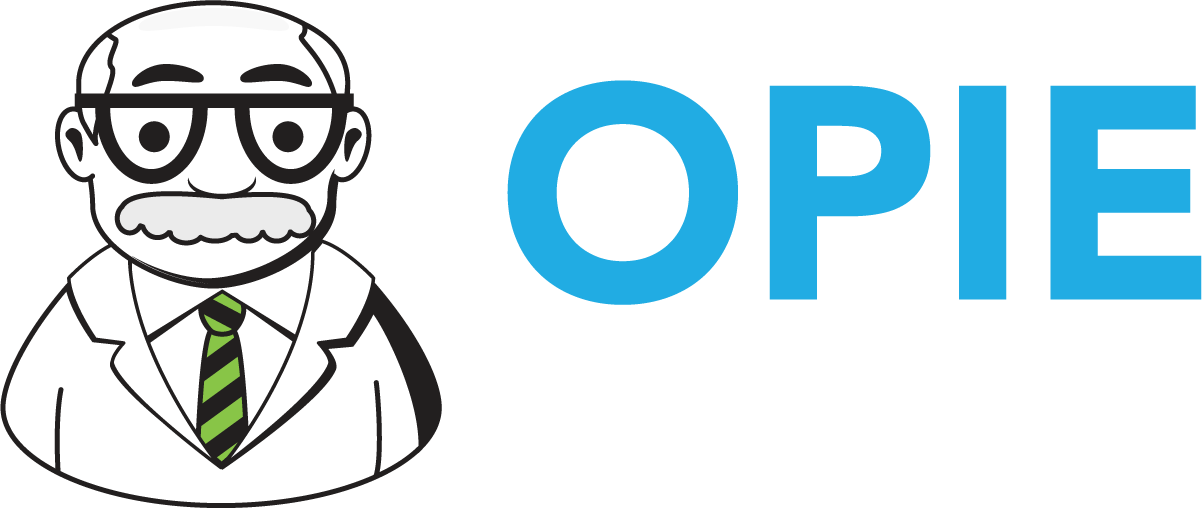The Top Five Things
Last week I talked about that tough decision you face when you are considering your retirement options. This week I want to talk about the other side of the coin…or at least an idea to increase the company’s value with a management strategy that's so simple, yet so powerful, that it might just revolutionize the way you run your clinic. It's called the Top-5 Things (T5T) approach, and it's been used by one of the world's most successful CEOs to keep his finger on the pulse of his trillion-dollar company. Now, I know what you're thinking: "What does a tech giant have to do with my O&P practice?" Well, stick with me, because this strategy could be a game-changer for you too!
Imagine this: Every morning (or once a week if you don’t have 20,000 employees), you open your inbox and read brief emails from your team members about the top 5 things they're working on, thinking about, or noticing in their corner of the world. Now, I know you're probably thinking, "I barely have time to check my emails as it is!" But hear me out. These aren't formal reports - they're raw, unfiltered bullet-pointed messages straight from the frontlines of your clinic and they are an insight into what is catching the attention of your team. This simple practice could help you:
Stay connected with every aspect of your practice
Identify potential issues before they become problems
Spot opportunities for innovation and improvement
Foster a culture of open communication
In our field, we're all about breaking down barriers for our patients. But what about the barriers within our own practices? The T5T approach can help flatten the hierarchy in your clinic, ensuring that valuable insights from your technicians, front desk staff, or new practitioners don't get lost in the shuffle. Remember, in O&P, some of the best ideas come from unexpected places. Maybe your technician has noticed a cool new hack in an engineering magazine that could revolutionize your device modifications and lead to improved patient outcomes. Or perhaps your receptionist has insight into scheduling issues that are causing patient frustration. With T5T, these insights land directly in your inbox.
As O&P professionals, we're used to keeping a close eye on our patients' progress. We adjust, we tweak, we innovate. The T5T approach allows you to apply that same level of attention to your practice as a whole. By reading these brief updates regularly, you'll be able to:
Spot trends in patient satisfaction or complaints
Identify bottlenecks in your fabrication process
Recognize staff members who are going above and beyond
Stay ahead of industry changes and new technologies
Now, I'm not suggesting you need to work around the clock or skip your vacations (though I know many of us are guilty of that). The beauty of the T5T approach is its simplicity. Here's how you might implement it:
Ask your team to send brief, bullet-point emails once a week with their top 5 things.
Set aside time each week to review these emails - maybe with your morning coffee or during a quiet moment between patient appointments. (Or a glass of Scotch after work! (oh..and invite me over!)
Respond (occasionally” as “the spirit moves you” to show you're engaged and value their input.
Use the insights gained to guide your practice's strategy and decision-making.
Remember, as the leader, you don't need to share your own T5T (and you probably shouldn’t). Your job is to absorb the information, connect the dots, and use these insights to steer your practice in the right direction. It's about creating a culture where everyone feels heard and valued, and where great ideas can come from anywhere. In our field, where patient care is paramount and every detail matters, this approach could be the key to taking your practice to the next level. It's not about micromanaging - it's about staying connected, fostering innovation, and building a practice that's agile and responsive to change. So, what do you say? Are you ready to give the T5T approach a try in your O&P practice? It might just be the management strategy you never knew you needed. After all, in O&P, we're all about finding innovative solutions - why should our management style be any different?

